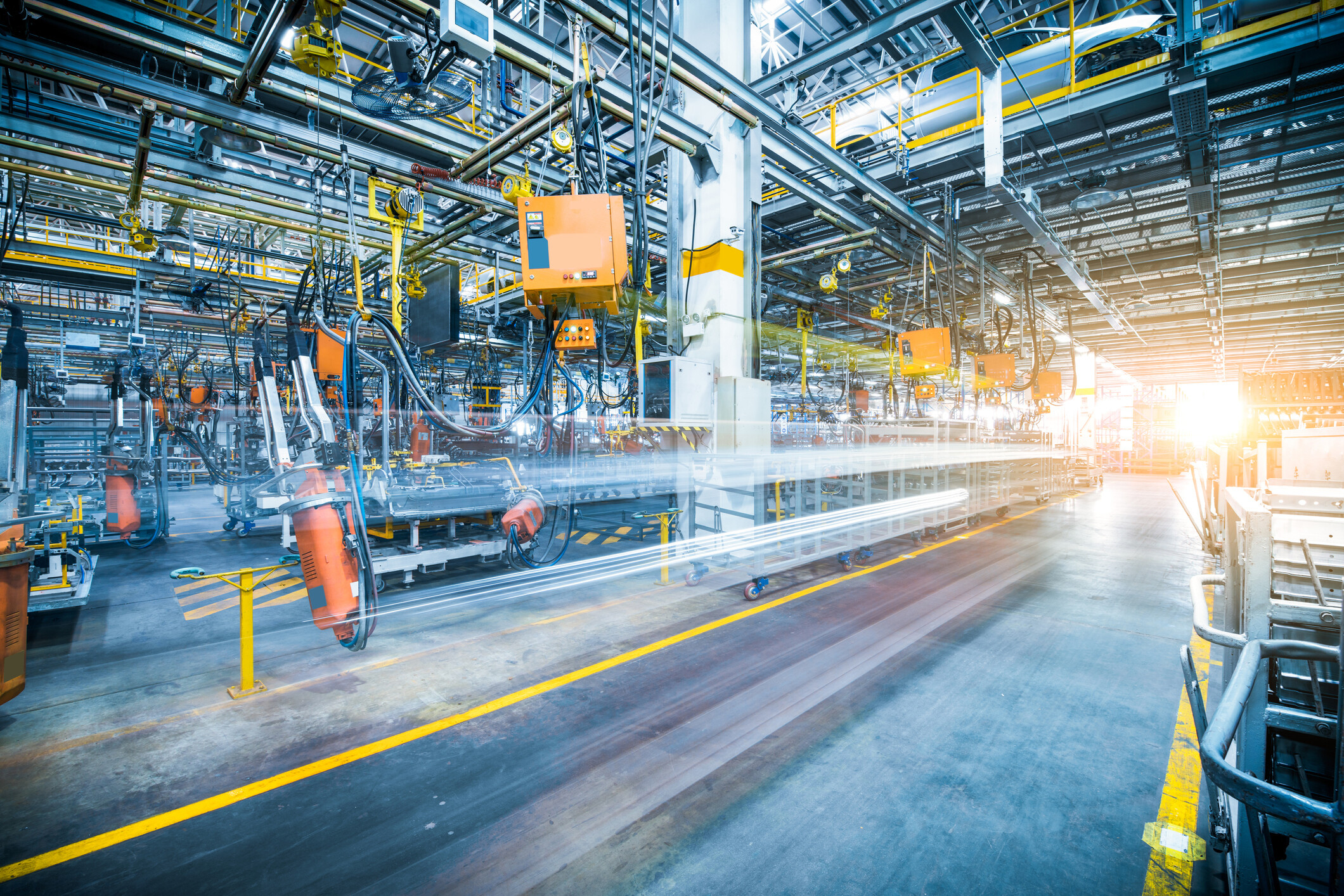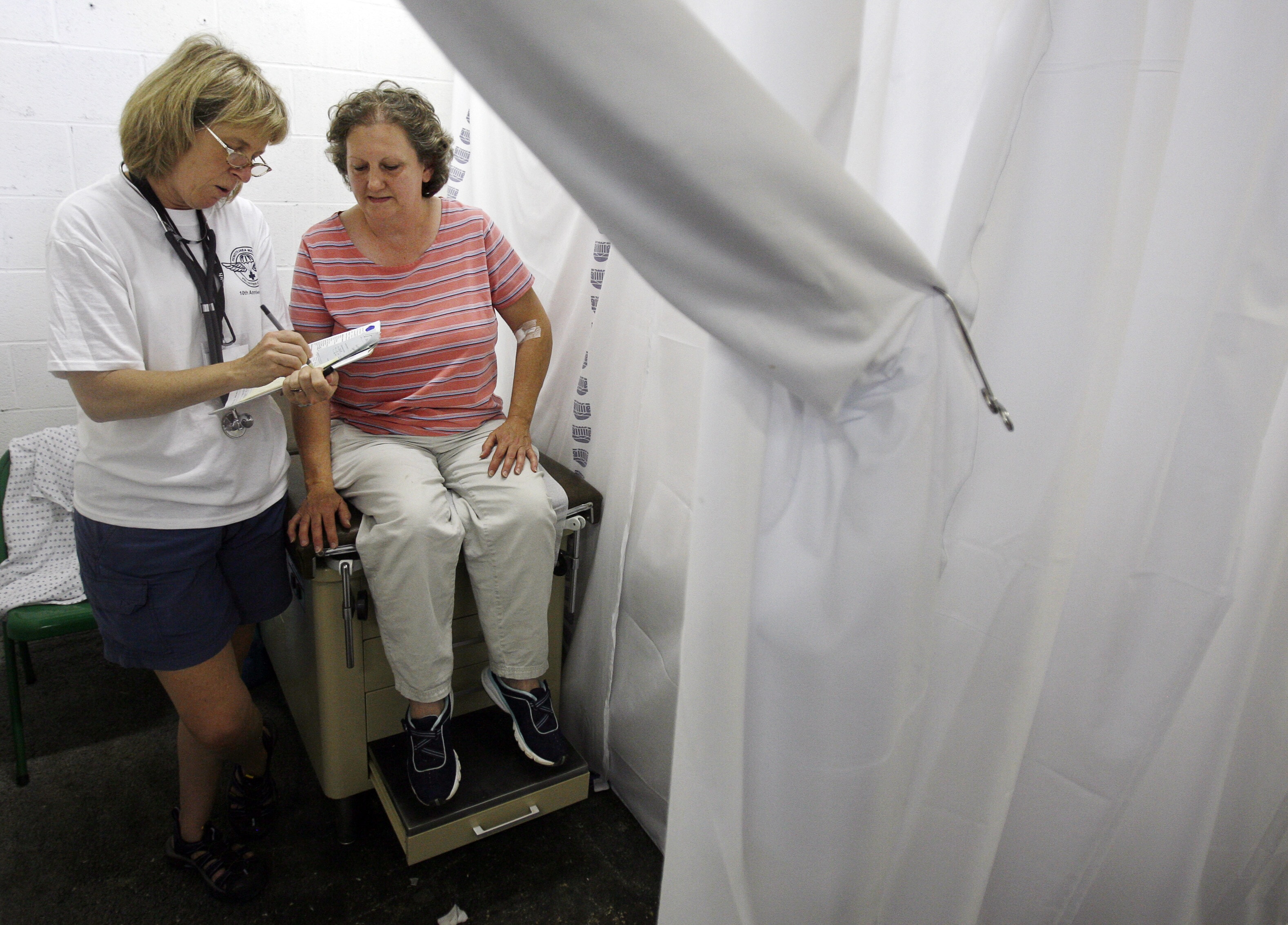Why jobs, growth and supply security are now driving investment in advanced energy solutions

Advanced energy solutions can create jobs, growth and provide energy security in countries around the world.
Image: iStockphoto/WangAnQi
Stay up to date:
Energy Innovation
- Investment in advanced energy solutions could exceed $500 billion annually by 2030 based on current energy transition goals.
- Governments that encourage the development of advanced energy projects could boost jobs, economic growth and security of supply.
- Strong industry partnerships, incentives and mandates can help countries to compete in the global market for investment in advanced energy solutions.
Connections between energy, trade and manufacturing are deepening. The new emerging energy economy presents major opportunities for countries looking to manufacture advanced energy technologies, their components and related materials.
While wind and solar markets are mature and well established, new energy investment opportunities are opening up. There was an impressive acceleration of investment in 2024, despite the increased cost of financing amid geopolitical headwinds. Investment in battery storage grew by more than 20% and exceeded $50 billion. Sectors involved in clean hydrogen and sustainable aviation fuel (SAF) announced projects and offtakes, while advanced nuclear regained momentum.
Investment in storage, clean fuels, carbon capture, SAF and advanced nuclear could exceed $500 billion per year by 2030, based on current energy transition goals.
Governments increasingly want a piece of this pie to create jobs, establish manufacturing capacity and improve energy security for their countries. Emissions reduction may come as an added benefit, but approaches have shifted and strategic considerations often take precedent over climate change.
To this end, government policies are becoming much more integrated, targeting jobs, investment and the broader economic impact of building advanced energy solutions. Governments are now shaping their energy transition policies to support their industrial and economic ambitions.
While there are challenges for governments that want to attract investment in advanced energy solutions to create jobs, growth and energy security, they can be overcome by building strong partnerships with innovators, energy companies, users and investors.
The case for advanced energy investment
Advanced energy solutions usually come with a cost when compared to the cheapest available commodities, but strategic goals and benefits can outweigh these costs. These strategic goals increasingly compel governments to invest in and encourage industry development, and to support consumers to produce and use advanced energy solutions.

In practice, there are various approaches to measure the value of these benefits. For example, a cost-benefit analysis of a proposed SAF facility in the US state of South Dakota shows an estimated value boost of $399–$537 million per year through various direct, indirect and external benefits, versus an $82 million annual cost to fund federal incentives. For every $1 in federal tax credits spent on this project, there would be an estimated $4-6 worth of broader benefits.
In another example of a proposed 300 megawatt small modular reactor (SMR) in Tennessee, an economic impact assessment estimates a $1.6 billion boost through supply chain, employment and tax benefits during 8 years of construction, and the creation of an average of 1,827 jobs per year. Over the course of 60-80 years of use, each operational year would bring a $98 million GDP boost and $57 million in employment income.
The challenge of advanced energy investment
Despite considerable expected economic benefits, creating viable business cases for advanced energy projects remains a challenge. While these economic benefits are broadly shared over time, the costs and investments of these projects are borne upfront by a limited set of stakeholders.
An economic impact study of a planned SMR facility in the US state of Idaho, for example, shows it would generate $2 billion and create 3,355 jobs over 4 years of construction. Once operational, the facility could be expected to support 360 direct jobs and 307 indirect jobs, generating $48 million in employment income and $81.5 million in increased output. Even with these economic benefits, however, the project did not attract enough support from investors and public funds and was abandoned.
Accept our marketing cookies to access this content.
These cookies are currently disabled in your browser.
Mechanisms are needed to bridge the advanced energy solution financing gap. Showing how the societal benefits of these projects can translate into financial incentives will attract private investment. These projects must also be supported by public policies that enhance financial viability. Incentives and mandates are two key policy levers that governments can use to pursue clean energy goals.
Incentives such as tax credits, subsidies and low-interest financing reward the positive impact of advanced energy solutions beyond “electrons and molecules”. These incentives attract investors and make advanced technologies financially viable.
Mandates are central to driving adoption by creating market signals. Even with a robust market outlook, demand for clean energy from industries and people can remain low. Mandates create requirements to use or deploy certain solutions such as SAF or energy storage in conjunction with renewable energy plants.
Global competition for investments
Different approaches can be observed globally. China’s industrial and energy policies, in particular, are often considered very effective in driving both domestic demand and building manufacturing solutions and supply chains.
India’s incentives for domestic manufacturing and mandates for clean energy deployment are helping it to emerge as a major player on the global stage when it comes to clean energy storage and clean hydrogen ambitions.
As this global green strategic competition accelerates, industrial and economic policy – not energy policy – will decide who leads the energy transition. The winners and losers of this race will be subjective because countries have different policy objectives, however. While some prioritize emissions reduction, others want to generate clean energy jobs or establish independence from foreign energy imports.
Accept our marketing cookies to access this content.
These cookies are currently disabled in your browser.
Building an advanced energy community
The World Economic Forum supports an integrated approach to developing clean energy solutions, including energy storage, advanced nuclear, clean fuels, hydrogen and carbon removal. No single technology will solve the energy transition alone – a mix of solutions will be needed.
Different regions, industries and companies will have different strategies, but they must work together. Platforms such as the Forum’s Advanced Energy Solutions community, can help speed up this cooperation and accelerate the deployment of new technologies such as energy storage, clean fuels, hydrogen, advanced nuclear and carbon removal – cutting development time from decades to mere years.
Industry leaders must drive the frontier segments of the energy system to shape the vision and narrative of the advanced energy solutions industry. Partnerships with innovators, large energy companies, energy users and investors will help to inform policymaking and make the energy transition smooth and beneficial to all.
Don't miss any update on this topic
Create a free account and access your personalized content collection with our latest publications and analyses.
License and Republishing
World Economic Forum articles may be republished in accordance with the Creative Commons Attribution-NonCommercial-NoDerivatives 4.0 International Public License, and in accordance with our Terms of Use.
The views expressed in this article are those of the author alone and not the World Economic Forum.
Related topics:
Forum Stories newsletter
Bringing you weekly curated insights and analysis on the global issues that matter.
More on Emerging TechnologiesSee all
Mark Esposito and Ava Fitoussy
September 22, 2025
Michael Donatti and Benoit Bégot
September 19, 2025
Amged B Shwehdy
September 18, 2025
Nina Rawal and Dorothy Chou
September 18, 2025






